Mace is an aromatic spice derived from the fruits of the evergreen Myristica fragrans tree. It also yields the popular spice nutmeg.
Myristica fragrans thrives in Southeast Asia and Australia. It is indigenous to the Banda Islands but is also found in Sri Lanka, South India, Grenada, Malaysia and Fiji. Myristica fragrans is cultivated in regions that are at least 1640 ft (500 m) above sea level. It can grow up to 98 ft (30 m) but this happens rarely. Usually it is about 33 ft (10 m) tall. The plant is dioecious. It begins to bloom after it reaches 8 years of age. It gives the most fruit after turning 20 years old. A single tree can produce up to 2000 nutmeg seeds per year.
The fruits of Myristica fragrans are pear-shaped, up to 3 1/2″ (9 cm) long. They stand out with their yellowish color and smooth surface. After the fruits are peeled, the rinds are used to obtain mace. The pit contained inside is used to obtain nutmeg.
History of Mace
Even back in the 6th century, the Arabs successfully traded both nutmeg and mace. The 2 spices quickly became favorites in Arabic cuisine and were brought to Europe. During the 16th century, nutmeg and mace became even more popular after the Portuguese conquered the Spice Islands.
A century later, the Dutch got involved, who, after taking the archipelago, jealously guarded the Myristica fragrans trees from outsiders. But according to one legend, the French managed to get ahold of Myristica fragrans seedlings and began growing the tree on the island of Mauritius. By the 19th century, the Myristica fragrans tree was being grown in America.
Production of Mace
The mace spice is made from the Myristica fragrans tree, which thrives in the tropics. If the temperature is high enough (no lower than 70°F (20 °C)) and there's plentiful rainfall, the tree begins to give fruits after its 7th year. With time it becomes ever more fruitful. Mature representatives of the species give fruits at least 3 times a year.
All of the steps in the production of mace are of great importance because the quality, and therefore price, depend on them. Once the fruits of Myristica fragrans are collected, they need to be peeled. This process is crucial and must be done with extreme precision because the material must retain its wholeness and not be damaged in any way.
This type of mace is much rarer to find and as such its price is higher. The resulting material is left in the sun, laid out onto special bamboo panels. Then it's time for the next step - pressing the peel with a special wooden tool, to give it its shape. Finally, the mace is finished drying and packaged. In dried form, mace can be yellow or orange colored.
Composition of Mace
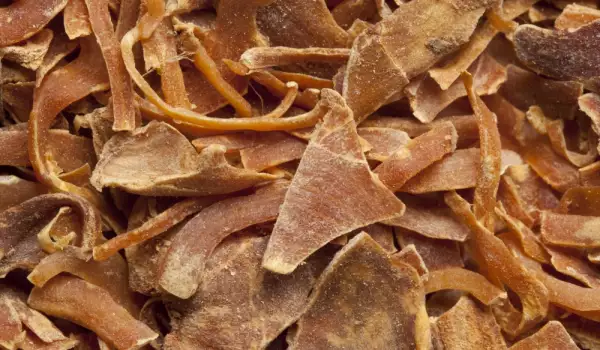
Mace has numerous beneficial substances. It contains potassium, calcium, manganese, magnesium, phosphorus, sodium, selenium, copper, iron. It is also a source of vitamin A, vitamin B1, vitamin B2, vitamin B6, vitamin B9, vitamin C and vitamin PP.
Cooking with Mace
Mace is among the spices highly valued in the culinary arts. It differs from nutmeg both in smell and taste. Nutmeg has a lighter smell, its taste has a sweet and warm nuance. When it comes to mace, the scent is significantly sharper and the taste - stronger.
Famous chefs point to it as a valued spice in exotic dishes. Mace can be used on its own or in combination with nutmeg, as well as other spices, such as cinnamon, ginger, paprika, coriander, turmeric, fenugreek, chili. Mace is used to make a special oil with a pleasant aroma that's put into various types of mustard and sauces. In some countries, people even sprinkle it onto their drinks.
It's used in the preparation of sausages, salads, pâtés. Mace best complements the fragrance of lamb, pork, beef, veal and chicken dishes. However, there's no tendency to use it to season fish or mushroom dishes. Mace is most prized in the confectionery industry.
It's used to season all kinds of desserts and cakes. The panettones and biscuits it's used in turn out very aromatic and appetizing. But when cooking with mace, don't use it in excess quantities. Do not use more than 0.1 g of the spice for seasoning 1 serving.
Let us offer you a recipe for bananas with mace, with which to add some extra variety to your traditional home cooking.
Ingredients: 5 not fully ripe bananas, 1 tbsp rum, 2/5 cup brown sugar, 2 tsp cinnamon, 1 flake of mace, 1 packet of butter, powdered sugar.
Preparation: Heat the butter in a saucepan. Add the rum, mace and cinnamon. Cut the bananas in 2 lengthwise. Then sprinkle them very generously with brown sugar. Put them to fry on both sides in the heated mixture. Serve with powdered sugar.
Benefits of Mace
Mace has, for centuries on end, been used not only as a spice but as a way to treat various ailments. Folk healers recommend it for digestive problems. There are also accounts that mace helps treat inflammations, swelling and spasms. This spice is also considered an aphrodisiac.
Dangers of Mace
Even though mace is beneficial and highly aromatic, it must not be taken in extreme quantities. This can lead to upset stomach and nausea.
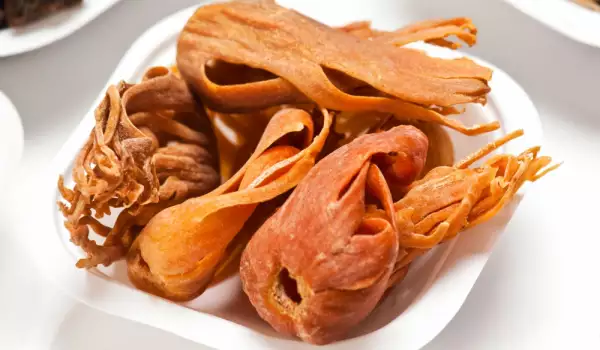
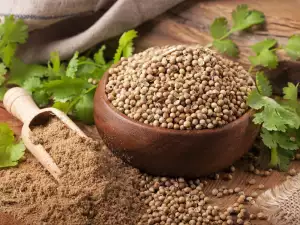

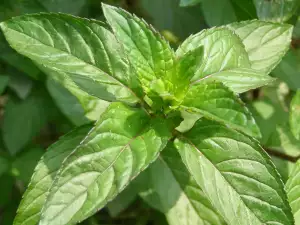
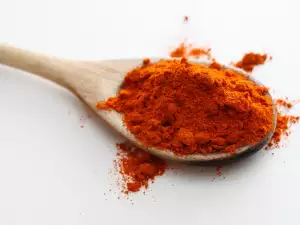
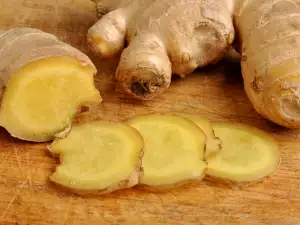
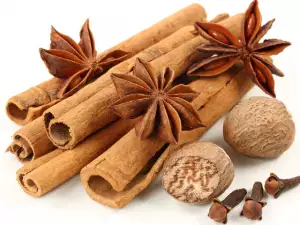
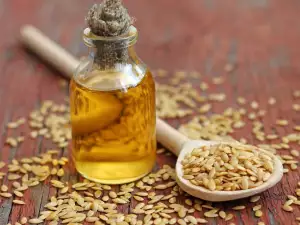
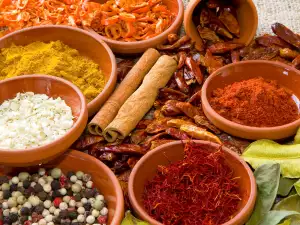
Comments